Available 24/7
Available 24/7
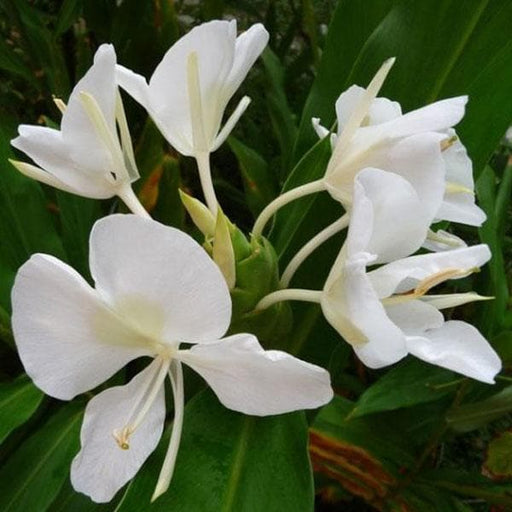 Save 13%
Save 13%
DescriptionThe white and scented species is Hedychium coronarium. It belongs to Zingiberaceae (Ginger) family. The plant blooms very profusely from...
View full details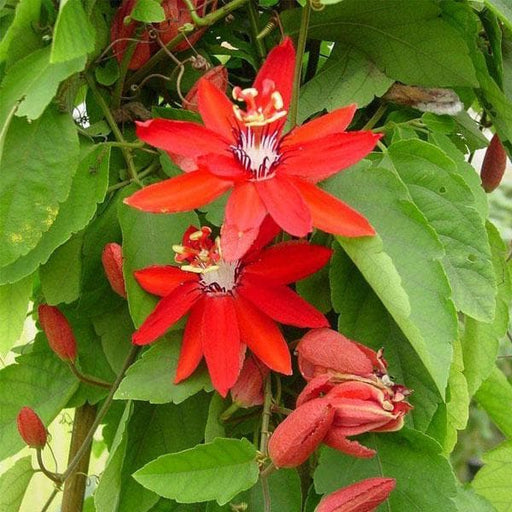 Save 14%
Save 14%
DescriptionPassion flowers are in the top ten of one of the most spectacular vines that could grace a garden. Passiflora vitifolia is a vine with c...
View full details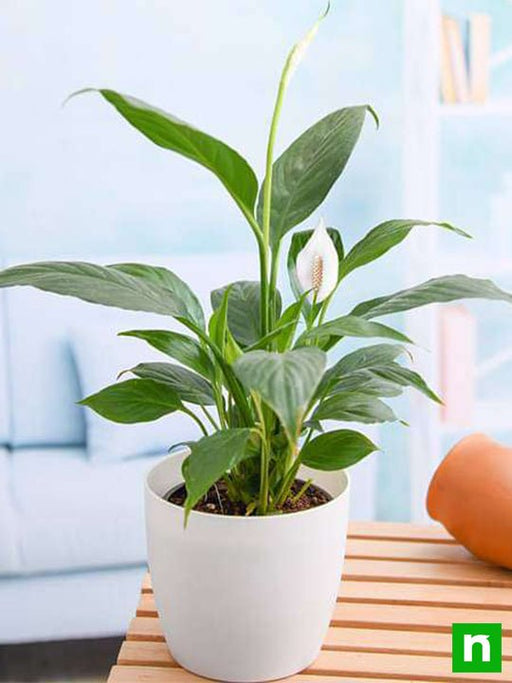
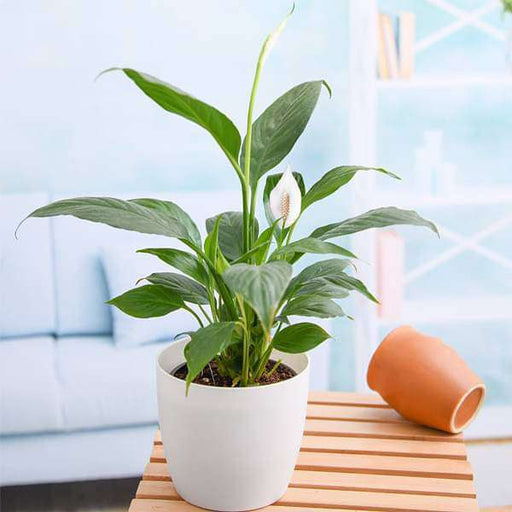 Save up to 15%
Save up to 15%
DescriptionPeace Lily Plant is a very popular and very rare indoor flowering houseplant. It is also an excellent air purifier plant.What makes it s...
View full details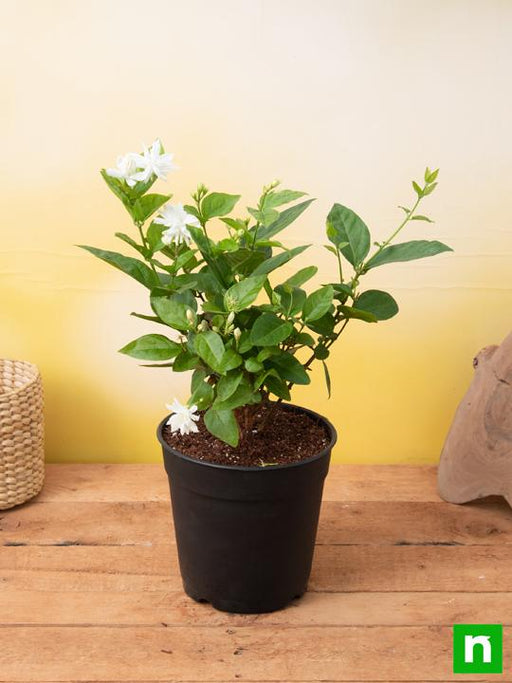
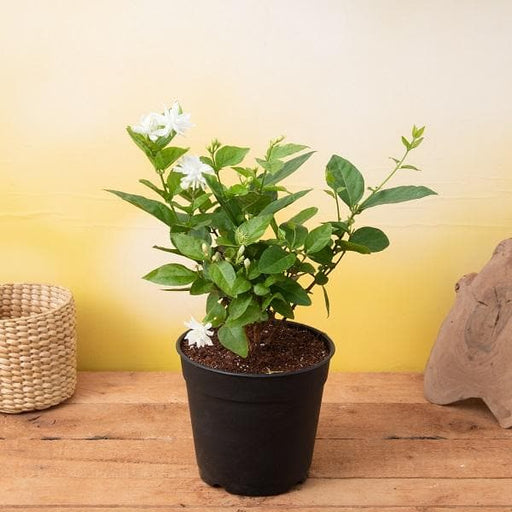 Save 20%
Save 20%
DescriptionFlowers make intimate connections they increase our connectivity with family and friends. Mogra plant is famously known as Jasmine flowe...
View full details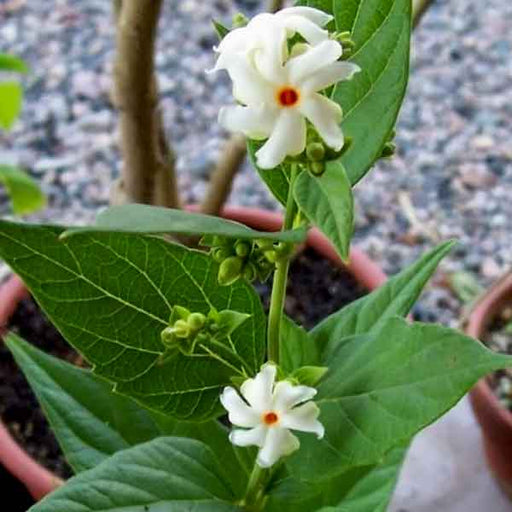
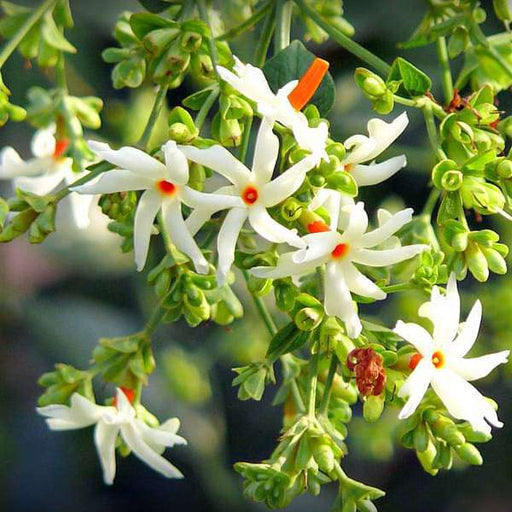 Save 14%
Save 14%
DescriptionHave you ever stumbled upon a tree that made you stop and stare?A tree that seemed to possess a beauty so rare that it made you question...
View full details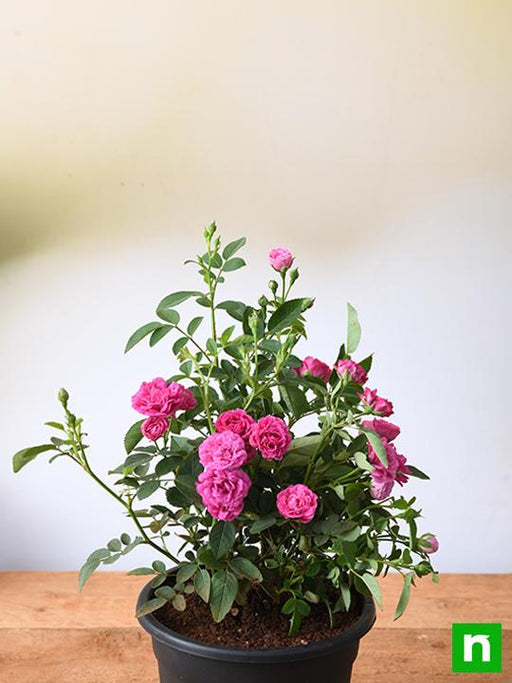
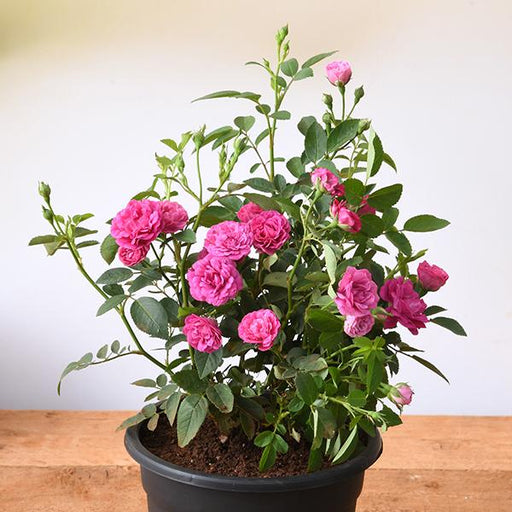 Save 14%
Save 14%
DescriptionButton Rose is a perennial flowering shrub plant. Roses are best ornamental plants.What makes it special: One of the best flowering plan...
View full details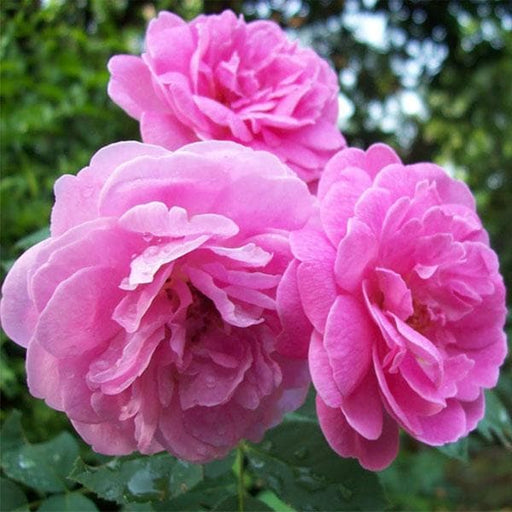 Save 20%
Save 20%
DescriptionDamascus roses are known for its distinct fragrance. Enjoy the real and oldest scent of rose. The Damascus rose is a deciduous shrub gr...
View full details Save 45%
Save 45%
Description Pack of 4 succulents that are very easy to care for. A perfect pack to start growing plants worry-free. About You get 4 succulent plant...
View full details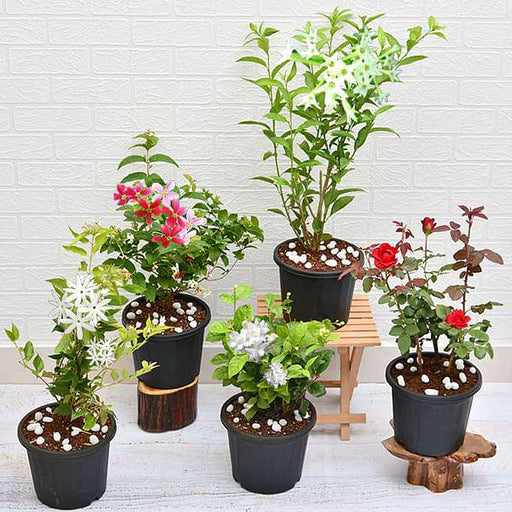 Save 12%
Save 12%
DescriptionAromatic plants bring into a room or house an often overlooked benefit. These plants have a pleasant scent.About You plant a hope when ...
View full details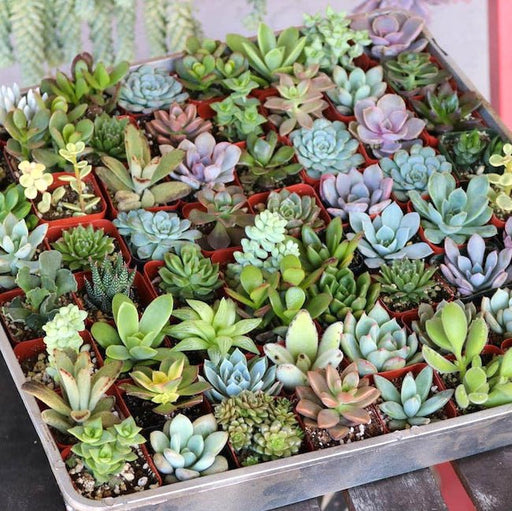
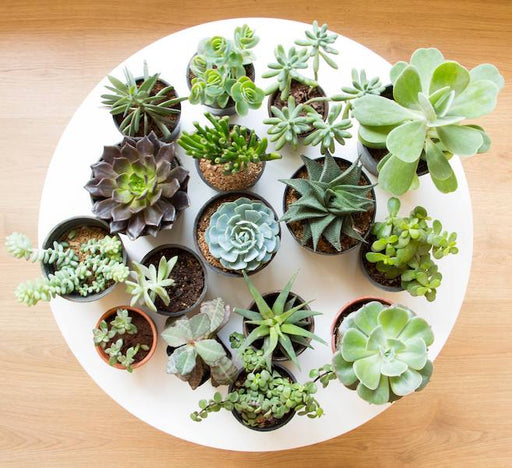 Save up to 50%
Save up to 50%
DescriptionIf you long for indoor greenery but have not succeeded with houseplants, consider these beautiful succulents. A perfect pack to start gr...
View full details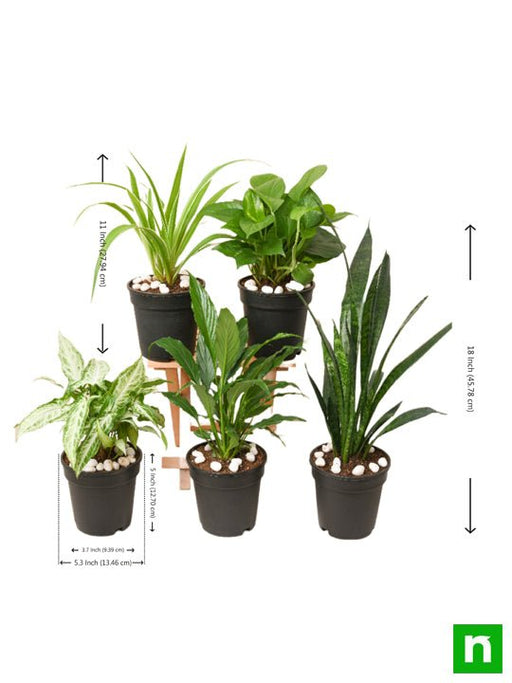
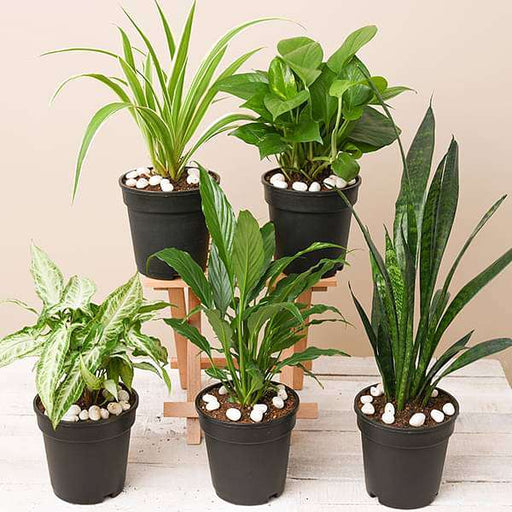 Save 21%
Save 21%
DescriptionThis plants pack contains amazing 5 houseplants + 5 Pots. Surround your home with these best pollution killer plants for a clean and hea...
View full details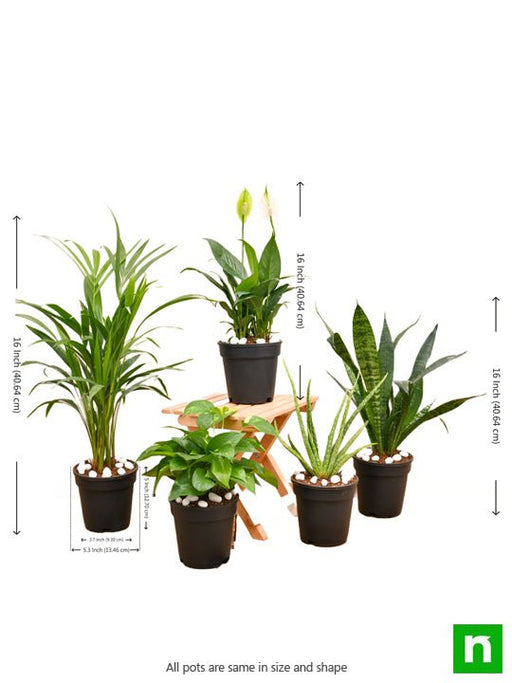
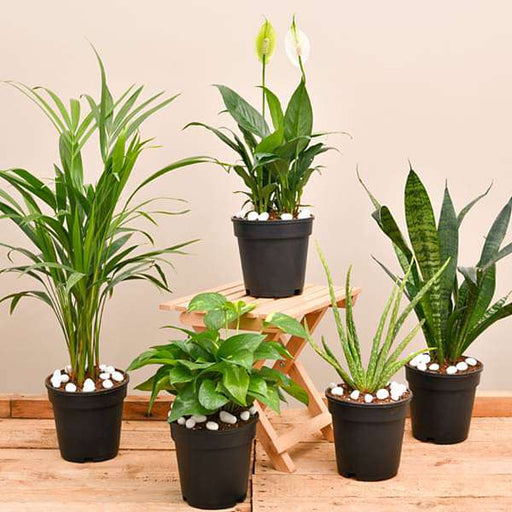 Save 20%
Save 20%
DescriptionIf you or anyone from your family wants to breathe fresh air, cleaner air in their homes, this 5 plants pack purify the air around and r...
View full details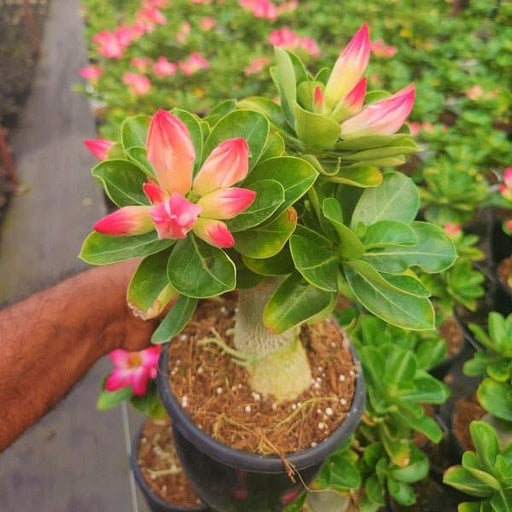
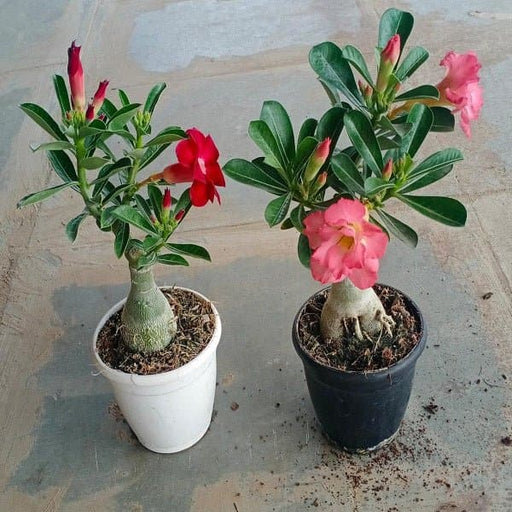 Save 40%
Save 40%
DescriptionSet of 2 Bonsai Looking Grafted Adenium PlantsAbout You get 2 Bonsai looking hardy grafted Adenium plants in a single pack.Plants are k...
View full details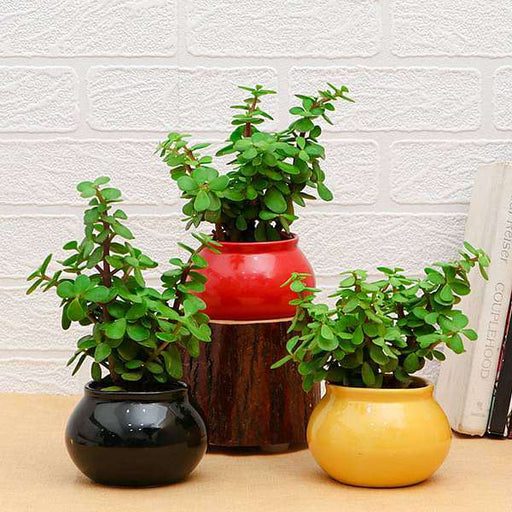 Save 22%
Save 22%
DescriptionThe Jade plant is an extremely popular succulent houseplant with fleshy leaves. According to popular belief, these plants will bring goo...
View full detailsDo you like the mesmerizing scent of Jasmine? Chameli Flower is a genus of shrubs and vines in the olive family.
It contains around 200 species native to tropical and warm temperate regions of Eurasia and Oceania.
Chameli is widely cultivated for the characteristic fragrance of their flowers. A number of unrelated plants contain the word "Chameli Flower" in their common names.
Most true chameli flower plants have climbing branches without tendrils. The white, yellow, or rarely pink flowers are tubular with a flaring, lobed, pinwheel-like form; some double-flowered varieties have been developed.
The best time for planting in most parts of India is during the monsoon but one can plant jasmine almost round the year. Once planted, the plant remains in the field for 10-15 years.
The ideal time for planting in North India is during July-August and from the end of January-February, while in South India planting is done any time between July-December.
Chameli plant needs good direct light for its growth and blooming. Place it at a location where it can get 3-5 hours of direct sun daily.If growing indoors, then consider choosing south or west-facing window.
The plant grows best in well-draining, porous, and moderately fertile soil. You can use a regular potting mix.
Make your own growing medium by blending equal parts of cow manure or compost, sand or perlite, and garden soil.
Water the chameli flower plant to keep the soil slightly moist. Do not overwater the plant.
The best way to maintain the moisture is to water it when the topsoil feels a little dry to the touch.
Water it frequently during the hot, and dry season.
It does well in the temperature range of 15-32 C. The tropical climate of India serves as the optimum climate for its growth.
During the growing phase, feed the plant with a balanced liquid fertilizer. You can also go for organic options like compost, compost tea, or coffee-ground during the growth period.
Chameli flowers are often associated with love and romance, and have a rich cultural history in many parts of the world. Understanding the meaning and symbolism of chameli flowers can help you appreciate their beauty even more.
Chameli flowers have a variety of uses beyond their aesthetic appeal. From traditional medicine to religious rituals, chameli flowers have been valued for their unique properties for centuries.
In addition to their cultural significance, chameli flowers offer a range of potential health benefits. From reducing stress to improving skin health, chameli flowers are a versatile and valuable addition to any wellness routine.
One of the most distinctive characteristics of chameli flowers is their sweet, intoxicating fragrance. Understanding the chemistry behind the scent of chameli flowers can help you appreciate their aroma even more.
Chameli flowers come in a range of colors, from bright white to deep pink. Understanding the different color variations of chameli flowers can help you choose the perfect variety for your garden or floral arrangements.
Proper care is essential for growing healthy and beautiful chameli flowers. From soil and watering to pruning and fertilization, understanding the best practices for chameli flower care can help you get the most out of your plants.
Chameli flowers make stunning additions to floral arrangements, whether used alone or paired with other flowers. Understanding the best ways to incorporate chameli flowers into your arrangements can help you create beautiful and unique displays.
Chameli flowers can be used to make a fragrant and flavorful tea that offers a range of potential health benefits. Understanding how to brew chameli flower tea can help you enjoy this delightful beverage in the comfort of your own home.
Chameli flowers are often used to make essential oils, which can be used in a variety of ways. From aromatherapy to skincare, understanding the potential benefits of chameli flower oil can help you incorporate it into your daily routine.
Chameli flowers have a rich cultural history, with roots in many different parts of the world. Understanding the history and folklore surrounding chameli flowers can help you appreciate their significance in different cultures.
There are many different types of chameli flowers, each with their own unique characteristics and growing requirements. Understanding the different types of chameli flowers can help you choose the right variety for your garden or floral arrangements.
Chameli flowers can be used in a variety of ways to create stunning floral arrangements. From traditional bouquets to creative centerpieces, understanding different chameli flower arrangement ideas can help you get inspired.
Chameli flowers are often associated with spirituality and are used in a variety of religious and spiritual practices. Understanding the spiritual significance of chameli flowers can help you connect with their deeper meanings.
Chameli flowers have a long history of use in traditional medicine, and offer a range of potential health benefits. Understanding the medicinal uses of chameli flowers can help you incorporate them into your wellness routine.
Chameli flower extract is a concentrated form of the plant that can be used in a variety of ways. From skincare to haircare, understanding the potential benefits of chameli flower extract can help you choose products that incorporate this powerful ingredient.
Chameli flowers are often used as symbols of love, purity, and devotion.
Chameli flower is a fragrant white flower with a delicate appearance, often used in garlands and for ornamental purposes.
Chameli flowers are commonly found in various parts of India, including Uttar Pradesh, West Bengal, and Andhra Pradesh.
The scientific name for Chameli flower is Jasminum sambac.
Chameli flower holds significant cultural and religious importance in India, often used in weddings, religious ceremonies, and other celebrations.
Yes, Chameli flowers can be grown in home gardens with proper care and attention.
Chameli flowers prefer well-draining soil that is rich in organic matter.
Water your Chameli plant deeply once or twice a week, or whenever the soil feels dry to the touch.
Use a balanced fertilizer with equal amounts of nitrogen, phosphorus, and potassium for your Chameli plant.
Yes, Chameli plants can be grown in containers as long as the container has adequate drainage.
Chameli plants can grow up to 3-4 feet tall, depending on the variety and growing conditions.
Common pests and diseases in Chameli plants include aphids, spider mites, and fungal infections.
Protect your Chameli plant from pests and diseases by keeping it clean, avoiding overwatering, and using organic pest control methods.
Yes, Chameli plants have been traditionally used for their medicinal properties, including their ability to treat skin diseases and improve digestion.
If the leaves of your Chameli plant are turning yellow or the soil is constantly wet, it may be getting too much water.
If the leaves of your Chameli plant are wilting or the soil is dry to the touch, it may be getting too little water.
Chameli plants prefer warm and humid conditions, but can tolerate hot and dry conditions with proper watering.
Prune your Chameli plant in late winter or early spring to remove dead or diseased branches and promote healthy growth.
Yes, Chameli plants can be trained to grow as climbers on trellises or fences.
Yes, Chameli plants can be propagated by stem cuttings taken in the spring or summer.
Transplant your Chameli plant when it is young and small, and be sure to provide adequate water and fertilizer during the transplanting process.
Yes, Chameli plants can be grown as a ground cover in warm and humid conditions.
Harvest Chameli flowers for ornamental purposes when they are fully open and fragrant, and remove the flowers from the plant with sharp scissors or pruning shears.
To make Chameli garlands, string together the flowers using a needle and thread or wire, and shape the garland to the desired length.
To make Chameli essential oil, steam distill the flowers and collect the resulting oil.
To make Chameli tea, steep the flowers in hot water for several minutes and add honey or other sweeteners to taste.
Prevent premature bud drop by providing your Chameli plant with adequate water, fertilizer, and sunlight, and avoiding extreme temperature changes.
Protect your Chameli plant from cold temperatures by covering it with a frost cloth or blanket during winter months.
Prevent leggy growth by pruning your Chameli plant regularly and providing it with adequate sunlight.
To propagate your Chameli plant from seeds, collect seeds from ripe fruit, remove the outer coating, and plant the seeds in well-draining soil. Keep the soil moist and provide the seedlings with plenty of sunlight until they are ready to be transplanted.